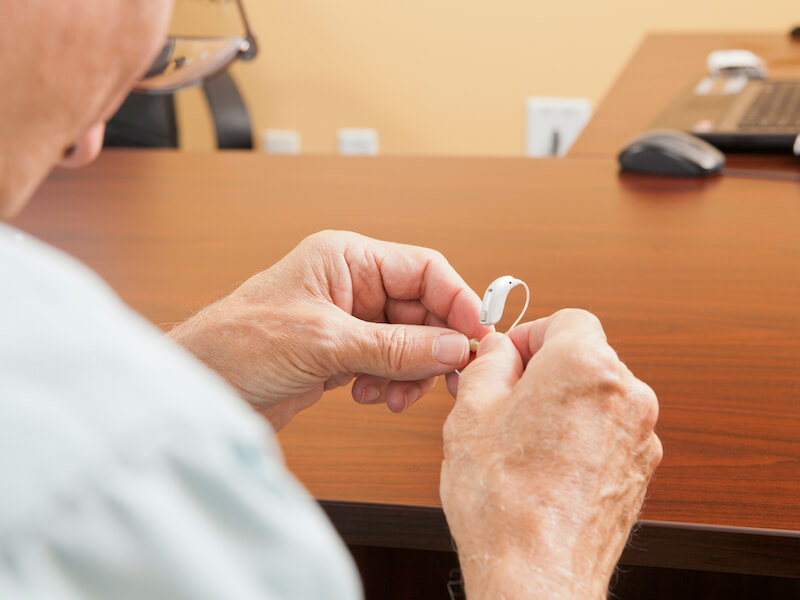
You take good care of your hearing aids. Cleaning them every day, you make sure they are safe and snug on their charger when you go to bed.
But you get pretty discouraged when your hearing aids abruptly stop working the way they used to. Fortunately, there are some measures you can take to troubleshoot the issue. Not doing any further damage is your number one priority so you won’t have to replace them.
Troubleshooting your hearing aid
Of course, when you first got your nice new hearing aids, you made a point of storing the owner’s manual in a safe place. Hopefully, you did so that you can check with your owner’s manual to undertake maintenance and troubleshooting. Following your owner’s manual is essential because every model of hearing aid is different.
On most models there are some other things you can check, here are a few:
- Look for noticeable damage: Do you observe any visible cracks or loose components around the shell of your hearing aid? If you find cracks, it could mean that moisture is getting in and there may be more significant damage.
- Wax buildup: Make sure there is no wax on your hearing aid by giving it a visual inspection. Even if you carry out regular cleaning, sometimes wax can build up quickly, so it’s worth ticking this off your list.
- Check your battery: You’ll still want to check the battery power even if you had your hearing aids charging at night. If your hearing aid has replaceable batteries, it may not be a bad plan to check if those batteries are inserted properly or if a new one resolves the problem.
- Keep your microphone clear: Look for anything obstructing the microphone of your hearing aid. Your hearing aid may feedback or simply fail to work if the microphone is blocked.
Again, check with your owner’s manual on how you might address each of these concerns. Self-maintenance is sometimes possible.
How can I tell when my hearing aid requires repair?
Your hearing aid will most likely have to be repaired professionally if you do routine upkeep and it still malfunctions. That might not always sound appealing, after all, you rely on your hearing aid for day-to-day communication (along with dinners with your family, staying up to date with your favorite Netflix series, and so on).
You won’t automatically be without your hearing aid for lengthy periods of time just because it needs to be repaired. In some instances, we can fix your hearing aid in office while you wait.
Or, you’ll be able to bring your hearing aids in for professional help and get them back in a matter of a few hours (this, obviously, depends on the extent of the damage, all the more reason to bring your devices in for repair as soon as you can).
But rapid repair won’t be possible in all cases. And in those situations, you might find yourself needing a backup set of hearing aids. Perhaps you have an old pair that will do temporarily in a pinch. We may even be able to let you borrow a pair while you are waiting.
Don’t wait to get assistance with your hearing aids
It’s essential to have your hearing aid assessed and repaired if you begin to notice the sound quality is beginning to fail.
You’ll want to try to avoid any downtime. Your mental health and your general health can be affected by neglected hearing loss. And it becomes all too easy to leave your hearing aids sitting in a drawer somewhere while your hearing continues to deteriorate.
The optimum way to keep your hearing healthy is to keep those hearing aids working. And the ideal way to do that is to clean them, keep them charged, and, when needed, bring your hearing aids to get some professional help.